Baltimore Museum of Art has the largest holdings of works by Henri Matisse anywhere, an astounding 1,000 or so. A few miles further up the US east coast, Philadelphia’s Barnes Foundation boasts around 60. Between them, they are staging a colour-saturated Matisse-fest this autumn.
To coincide with the publication of a sumptuous, three-volume catalogue of the Barnes Foundation’s Matisses – a project led by Yve-Alain Bois – a symposium in October brought together 19 speakers at the institution. Matisse research is generating plenty of fresh information and ideas, from bringing Paul Rosenberg’s 1936 exhibition in Paris – where Matisse’s neo-Fauvism was powerfully evident in a dozen small, colour-intense nudes that visitors rated highly – into mainstream Matisse studies, to debates about which shades of cadmium yellow the artist used and how to conserve them. There were seven shades available at the time, all of them sensitive to degradation – especially the paler ones used liberally by Matisse for his masterpiece Le Bonheur de Vivre (1905–06), where the once luminous yellow paint is slowly turning chalky and crumbly. Between the talks, it was possible to dash upstairs and test the speakers’ ideas against the Matisse paintings themselves – Barnes picked up his Nude with a Blue Necklace from that Paul Rosenberg show.
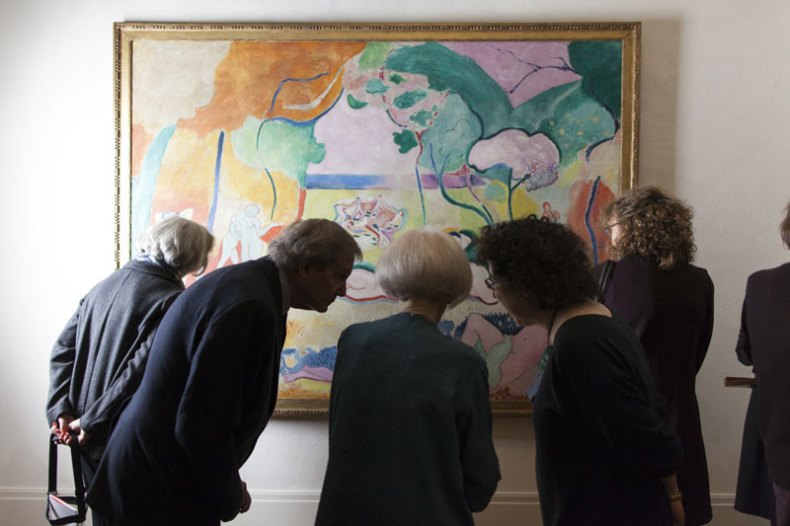
Looking at Matisse Today: A Symposium, 2016. © The Barnes Foundation. Photo by Keristin Gaber
In April 1946 Albert C. Barnes wrote to his friend Leo Stein about his three decades of buying art by Matisse. ‘From the first two I bought from Gertrude in 1912 down to the last one I purchased about four years ago, I can always find something that is his own, is not a repetition, and is in line with traditions’. Barnes was especially drawn to the idea that Matisse was part of the great French painting tradition, yet hurled it forward into something new.
The symposium took that concept up. Cécile Debray (Centre Pompidou, Paris) – among other speakers – looked into the rich resource of Matisse’s correspondence, especially his letters to artists such as Bonnard, in which he laid out his ideas, developing a new ideology for a modern French art. While working on a series of studio pictures in Nice, which often depict claustrophobic rooms with glimpses of the world outside, he revealed the psychology behind the paintings in a letter to his son Pierre: ‘I live within the walls of my studio’.
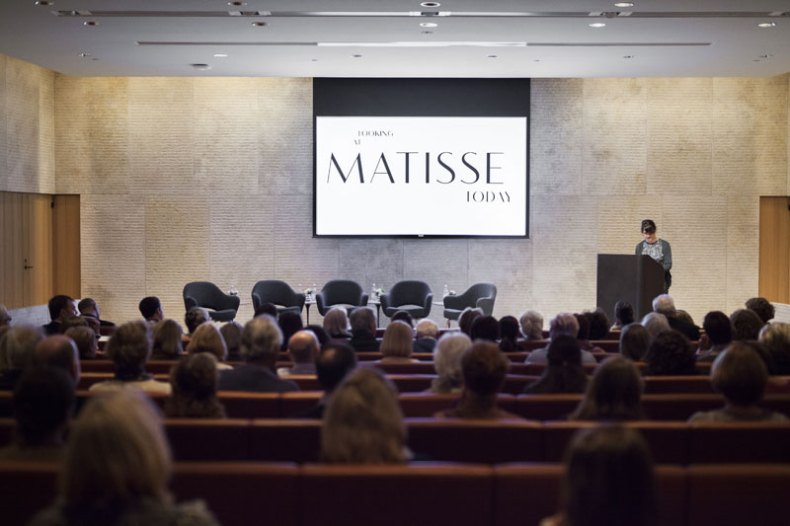
Looking at Matisse Today: A Symposium, 2016. © The Barnes Foundation. Photo by Keristin Gaber
Perhaps the quirkiest subject came from Claudine Grammont (Musée Matisse, Nice), whose Dictionnaire Matisse comes out in 2017 – and which she prefers to translate into English as Matisse: A Companion. She has cherry-picked a thousand entries that roam from significant people and places in Matisse’s life to his favoured techniques and concepts – everything from ‘Stein’ to ‘Byzantine’.
The importance of music and dance to Matisse are well known; not so much his professional use of photography. Gaku Kondo, a scholar from Tokyo, spoke about the artist’s ‘in-progress’ photography of the 1930s and early ‘40s. Matisse would photograph a work each time he decided it had reached a significant stage, producing what is effectively a time-lapse record of the creation of a painting. He did this for his dance mural at The Barnes, shooting it some 50 times during 1931–33. It became an integral part of his work method. In 1935 Roger Fry published on monograph on Large Reclining Nude (1935), now at Baltimore, comprising eight photographs and the painting itself.
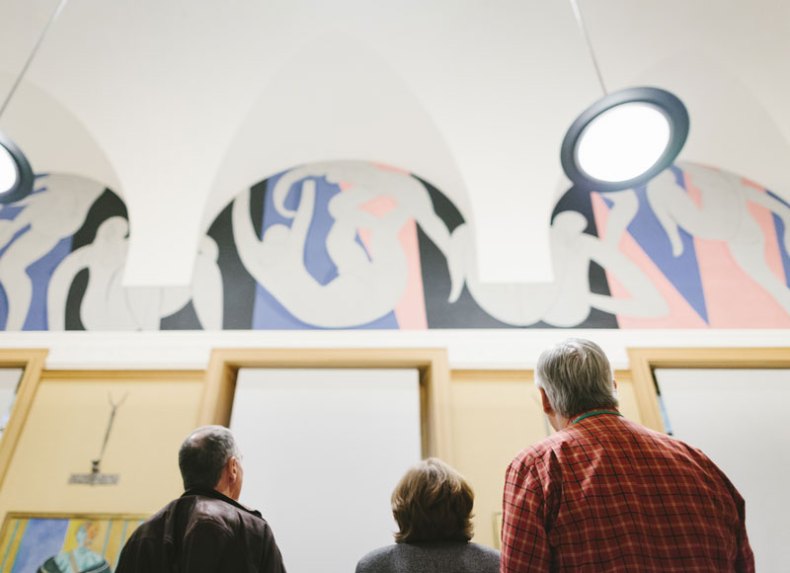
Looking at Matisse Today: A Symposium, 2016. © The Barnes Foundation. Photo by Keristin Gaber
Which bring us to the current exhibition at the nearby Baltimore Museum of Art (BMA), an impressive institution founded in 1914 and overlooking a tree-filled public park. There is always a luxuriant selection of Matisse works on view thanks to the remarkable sisters Claribel and Etta Cone who bought copiously and broadly, assembling one of the country’s finest collections of modern French art. Buoyed up by the family textile business fortune, from 1901 they made annual trips to Paris where they enjoyed the avant-garde lifestyle. In 1906 they met Matisse. Their passion for his work was immediate and lifelong, spanning oils, sculptures, drawings, prints and books. In turn, Matisse affectionately dubbed them ‘my two Baltimore ladies’ and came to visit them at home. The sisters left their collection to the BMA in the hope that ‘the spirit of appreciation for modern art in Baltimore’ would be ‘improved’.
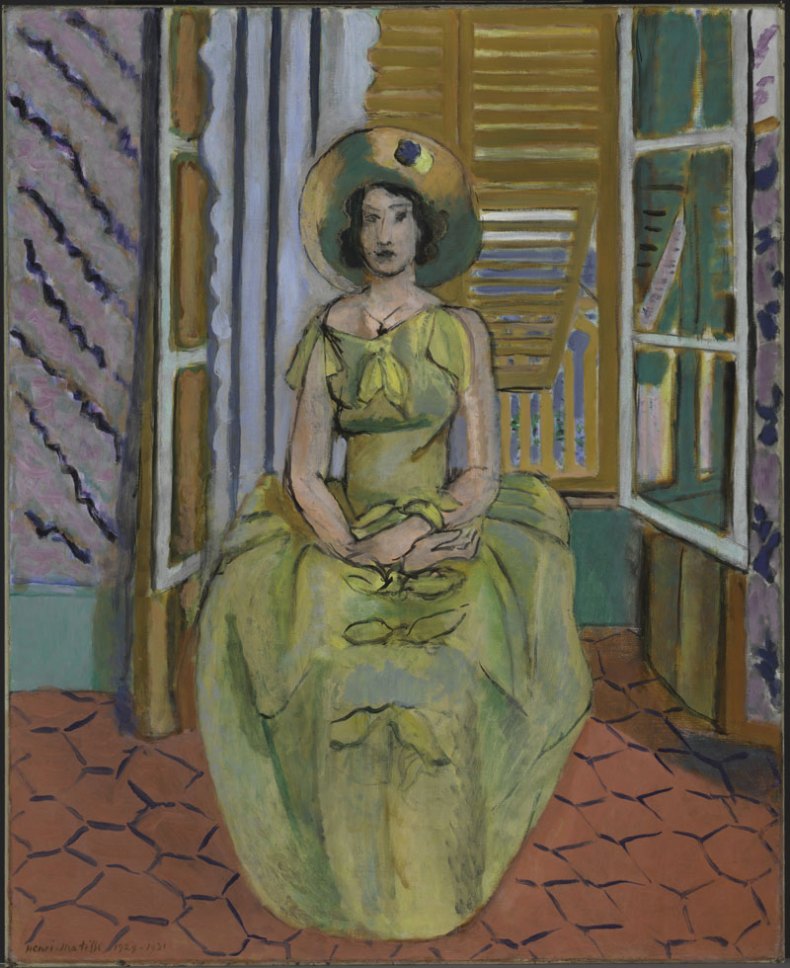
The Yellow Dress (1929-31), Henri Matisse. The Baltimore Museum of Art. © 2016 Succession H. Matisse / ARS NY
Now the BMA has paired the master with one of his keenest pupils, the American painter Richard Diebenkorn (1922–93). More than 90 paintings by both artists reveal Diebenkorn’s deep engagement with Matisse, especially his groundbreaking early work, from which Diebenkorn took inspiration throughout his career. He may have oscillated between abstraction and figuration, but he was constant about making colour central to his work – perhaps inspired as much by the harsh, scintillating light of California as by the way Matisse was fired up by Nice’s Mediterranean luminosity.
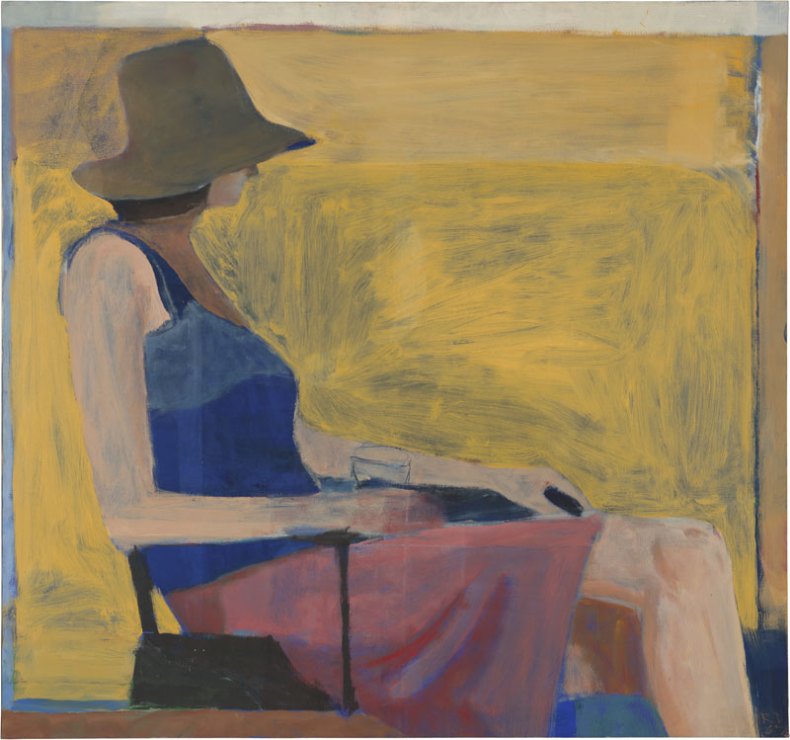
Seated Figure with Hat (1967), Richard Diebenkorn. National Gallery of Art, Washington, D.C. © 2016 The Richard Diebenkorn Foundation
For more about the Barnes Foundation, Philadelphia, visit the museum website. ‘Matisse/Diebenkorn’ is at the Baltimore Museum of Art, until 29 January 2017. It travels to the SFMOMA, San Fancisco, from 11 March–29 May 2017. The east coast Matisse-fest continues next year at the Museum of Fine Arts, Boston: ‘Matisse in the Studio’ runs from 9 April–9 July 2017.
Unlimited access from just $16 every 3 months
Subscribe to get unlimited and exclusive access to the top art stories, interviews and exhibition reviews.

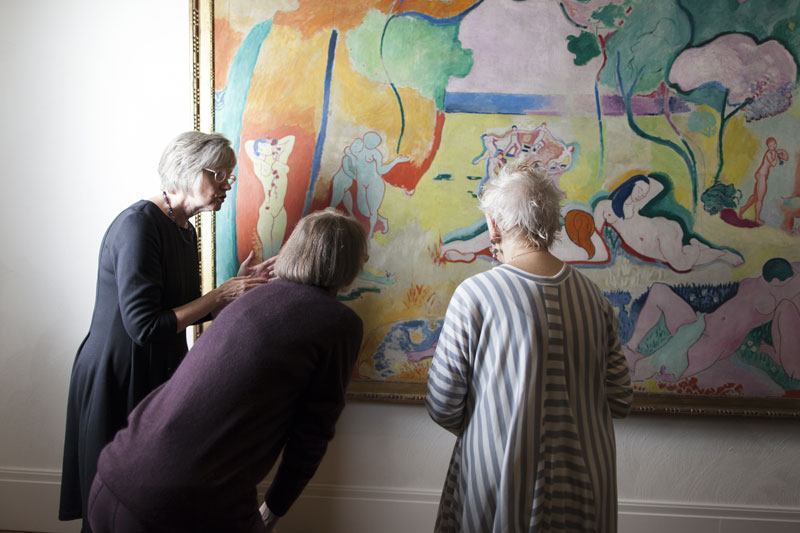
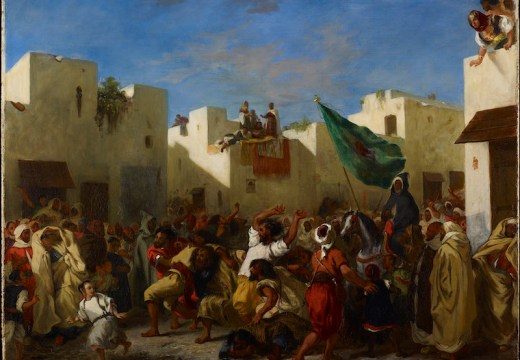
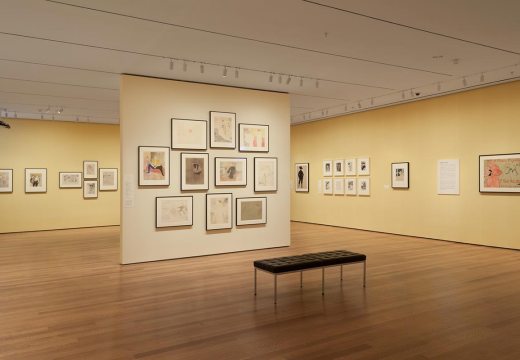
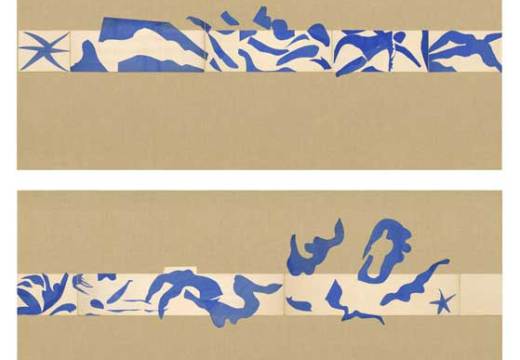









![Masterpiece [Re]discovery 2022. Photo: Ben Fisher Photography, courtesy of Masterpiece London](http://www.apollo-magazine.com/wp-content/uploads/2022/07/MPL2022_4263.jpg)
Has the Fitzwilliam lost the hang of things?